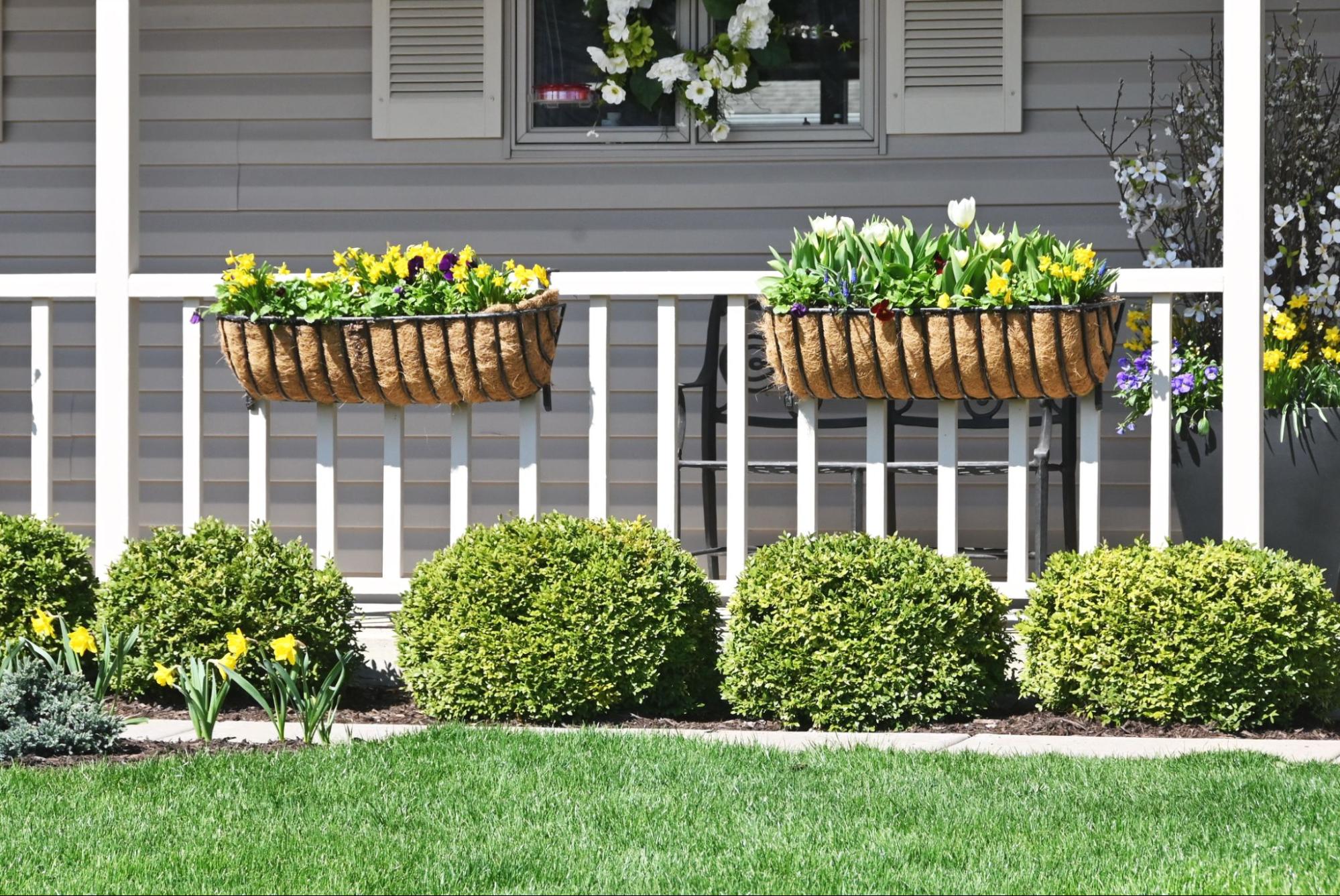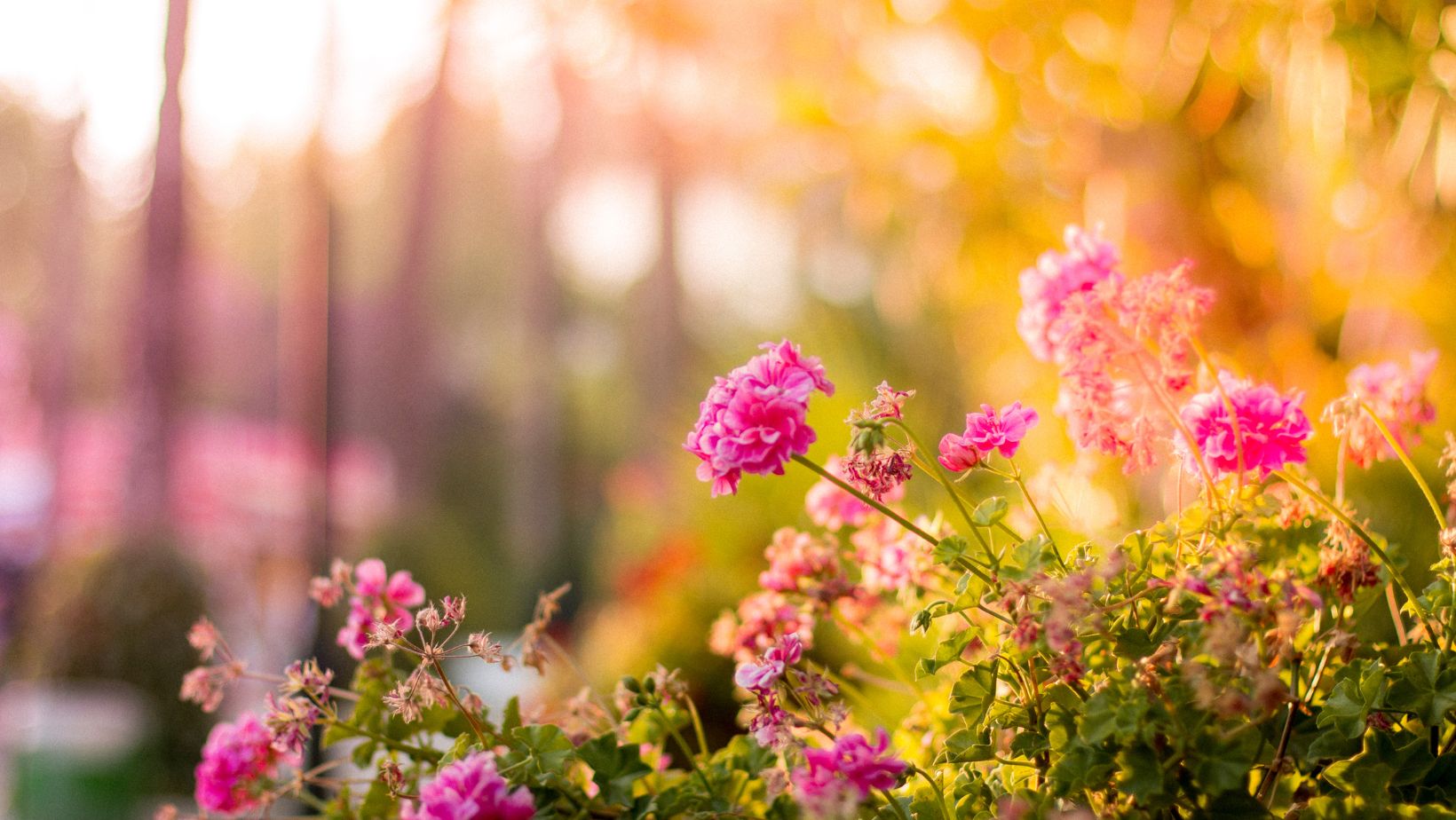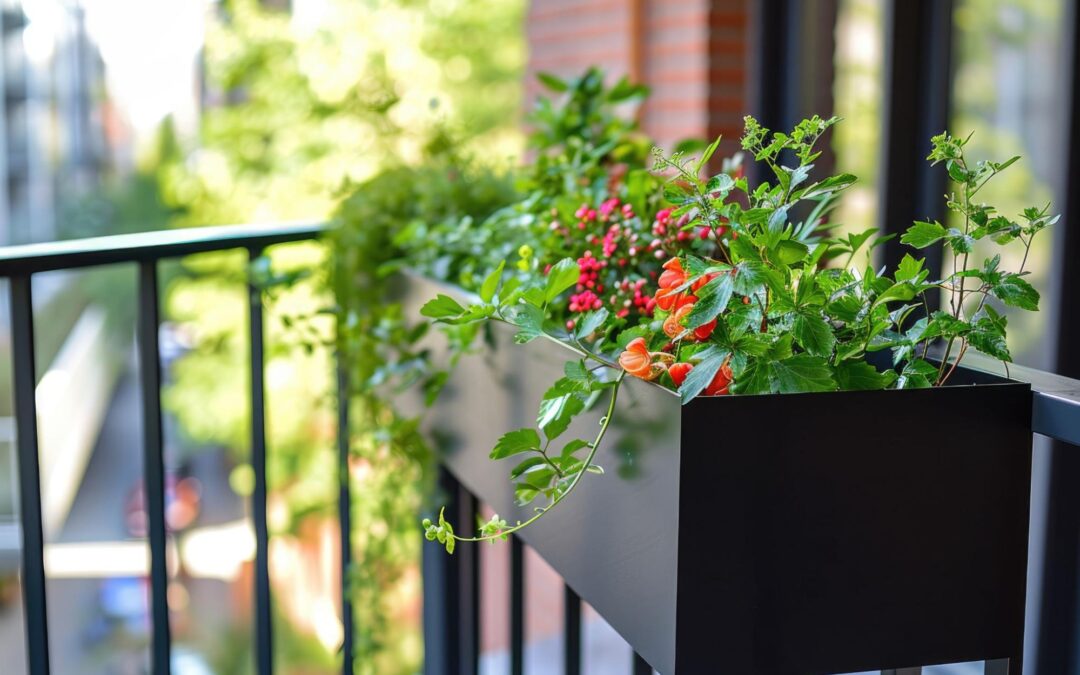Do you dream of a vibrant outdoor space but live in a city or have limited yard space? Deck rail planters are the perfect solution! They allow you to enjoy the beauty and satisfaction of gardening without needing a sprawling flowerbed.
Choosing the right plants for your deck rail planters is key. Fortunately, this article will provide essential tips for ensuring your planters transform your deck into a thriving green oasis.
Consider Climate And Seasonality
Depending on whether you prefer to change your garden’s appearance each year or enjoy a more consistent look, you might choose between annuals and perennials.
Annuals, like marigolds and petunias, complete their lifecycle in one season, offering bright, vibrant blooms. In contrast, perennials such as lavender and salvia grow back each year from their roots, requiring less replanting and ongoing maintenance.
Additionally, consider your area’s hardiness zone to ensure the plants you choose can survive local winter conditions, and be mindful of heat tolerance in regions with intense summers.
Assess Sunlight Exposure
Sunlight exposure is one of the most important factors in determining what plants will thrive in your deck rail planter. Understanding the patterns of sunlight your deck receives throughout the day will guide your plant selection:
Full Sun
Areas receiving 6 or more hours of direct sunlight are ideal for sun-loving plants. Such environments are perfect for vibrant flowering plants like petunias, geraniums, and marigolds, which all thrive in intense sunlight and can tolerate the heat that often accompanies prolonged sun exposure.
Partial Sun/Shade
This level of sunlight, about 3-6 hours a day, suits plants that need moderate light. Impatiens, begonias, and ferns are excellent choices for these conditions, as they require less intense light and can benefit from the cooler temperatures found in partially shaded environments.
Full Shade
Receiving less than 3 hours of direct sunlight daily requires plants that are highly shade-tolerant. Hostas and caladiums, for example, are well-suited to low-light conditions and can flourish without direct sunlight, making them ideal for shaded decks.
Choose The Right Plants
Creating a visually appealing and balanced rail planter involves using a mix of plant types, each serving a different role in the composition of the arrangement.

To further enhance the aesthetic, consider selecting from an inspiring gallery of custom planters that offer both functionality and style.
Here are some plant types you should consider:
Thrillers
These plants are the ‘stars’ of the planter, providing height and a focal point. Typically placed in the center or back of the rail planter, thrillers should be striking and taller than the other plants. Dracaena and tall ornamental grasses are popular choices for their dramatic appearance and ability to stand out.
Fillers
Positioned around or in front of the thrillers, fillers help to create a full, lush look in the planter. These plants are generally more rounded or bushy, filling in the space and providing color and texture. Plants like petunias, chrysanthemums, and coleus are great as fillers because they spread well and complement the thrillers without overshadowing them.
Spillers
These plants add an extra dimension by cascading over the edges of the planter, enhancing its aesthetic with their trailing growth. Spillers like sweet potato vine, ivy, or trailing lobelia are perfect for softening the planter’s edges and drawing the eye with their flowing forms.
Check Space And Size
When selecting plants, it’s essential to consider both the space available in your planter and the growth habits of the plants. Measure your planter to understand the root and above-ground space requirements.
Ensuring that plants have enough room to grow without overcrowding is key to maintaining healthy growth and preventing issues like disease or poor airflow.
Think vertically as well—taller plants should be placed at the back of the planter if it’s against a wall, or in the center if it’s accessible from all sides.
Satisfy Soil And Water Needs
For plant care, choosing species with similar soil and water needs can greatly simplify maintenance. This approach prevents issues that arise from over or under-watering and ensures that soil conditions remain optimal for all plants in the planter.

Consider using a soil mix that matches the most common needs of your selected plants, and think about incorporating a drip irrigation system for consistent, effortless watering.
Consider Aesthetics
When considering aesthetics, select plants that visually complement each other and your home’s exterior. Opt for a harmonious color scheme and mixed textures, such as combining glossy leaves with matte ones or fine textures with coarse ones, to create visual depth and interest.
Also, consider the bloom times of your selected plants to ensure continuous color throughout the growing season. Integrating foliage with varied colors like silver, red, or variegated leaves can add interest even when plants are not in bloom.
Ensure Maintenance And Care
Maintenance and care are also important considerations. Determine how much time and effort you are willing to invest in plant care. Some plants may require frequent pruning, deadheading, or other specific care steps that could be more demanding than you prefer.
Implementing a regular care schedule for your garden can help keep your plants looking their best. Also, consider using mulch in your planters to help retain moisture and reduce the frequency of watering.
Wrapping Up
Deck rail planters are a winning solution for anyone with limited space who wants a beautiful and functional garden. Following these seven easy tips will turn your deck rails into a vibrant green haven, no matter the season. With these strategies, you can ensure a flourishing container garden that brings year-round enjoyment.
Jessica has a flair for writing engaging blogs and articles. She enjoys reading and learning new things which enables her to write different topics and fields with ease. She also strives to break down complex concepts and make them easy for anybody to comprehend.





